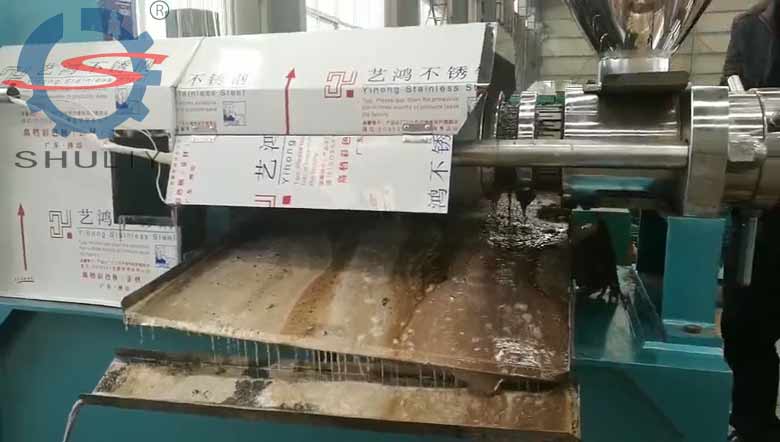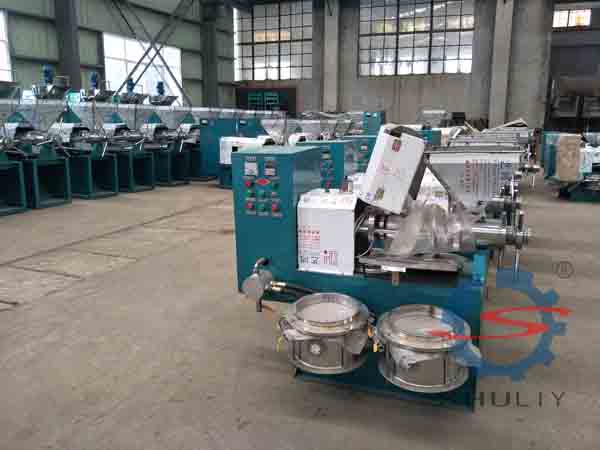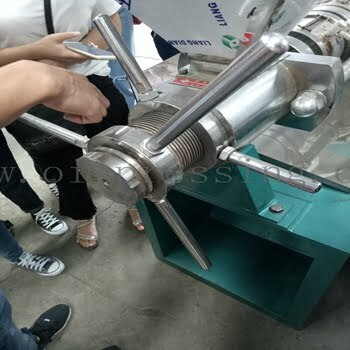Soybean oil is rich in linoleic acid. Linoleic acid (linoleic acid) is an essential fatty acid in human body, which has important physiological functions. Children lack linoleic acid, the skin becomes dry, scales thicken, growth retardation; The elderly lack linoleic acid, can cause cataracts and cardiovascular disease. The crude soybean oil has a beany taste, which can be removed after refining, but tends to have aftertaste during storage. Due to the presence of linolenic acid and isolinoleic acid, the content of linolenic acid was reduced to the minimum by selective hydrogenation, and the “aftertaste” of soybean oil could be basically eliminated by avoiding the generation of isolinoleic acid. Refined soybean oil changes color from light to dark during long-term storage, a phenomenon called “color recovery.” The color recovery of soybean oil was more obvious than that of other oils. This problem can be solved by nitrogen-filled fresh-keeping method or by isolating oil from air as far as possible.



1. Check the lubrication condition of soybean oil press after working for 50 hours. The oil cup on the reducer box shall not be short of oil.
2. All lubricating parts of the soybean oil press should be protected from dust and other impurities. The oil quality of the reducer box of the soybean oil press should be checked once a year.
3. When the amount of soybean oil press is reduced and the cake or oil output is abnormal, the screw shaft of the oil press should be extracted to check the wear of the screw, strip and cake ring of the soybean oil press, and the worn parts should be replaced in time.
4. After the end of each shift, the residual cake in the soybean oil press should be removed, and the dust and oil dirt on the surface of the oil press should be cleaned.
5. After long-term storage at the end of the production season, maintenance shall be carried out once, and the oil extractor screw, strip and ring shall be removed, washed and re-oiled, and placed in a dry place.

